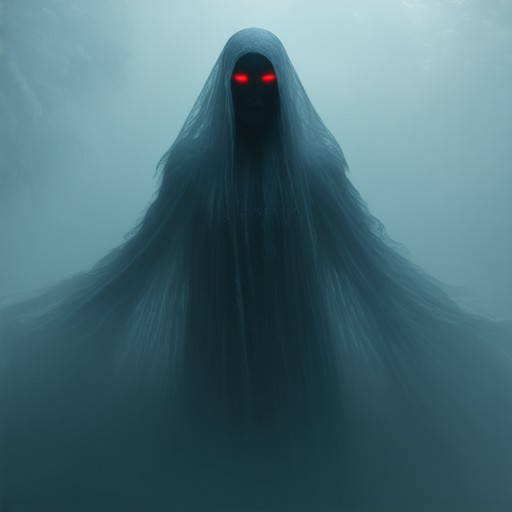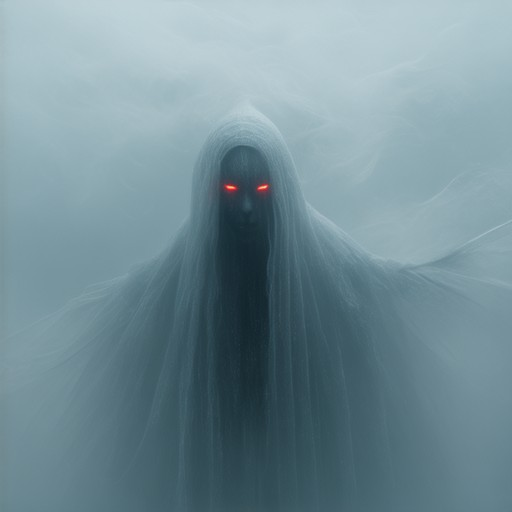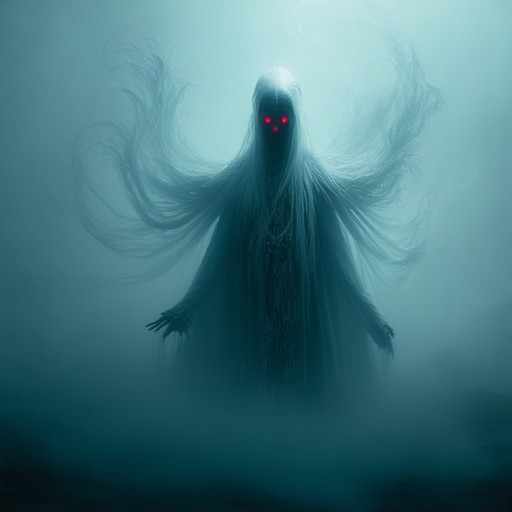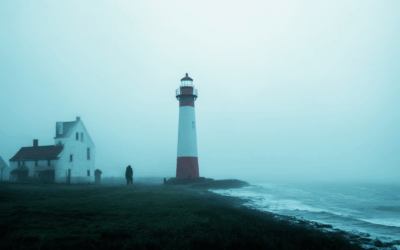Engage with the enigmatic world of ‘The Fog Ghost Themes,’ a captivating concept that has intrigued audiences across various mediums. From literary works to cinematic masterpieces, this theme has woven itself into the fabric of storytelling, leaving viewers and readers spellbound. Whether you’re a fan of the eerie atmosphere of *The Fog* (2005), or curious about the symbolic depths explored in books and poems, this article delves into the multifaceted nature of ‘The Fog Ghost Themes.’ Discover how this motif transcends time, culture, and art forms, revealing layers of meaning that continue to resonate with enthusiasts. Join us as we unravel the mysteries behind ‘The Fog Ghost Themes,’ uncovering its historical roots, symbolic significance, and enduring relevance in modern discourse.

The Theme of Ghosts in the Fog
The phrase “Ghosts in the Fog” evokes a haunting imagery that has been deeply rooted in literature, film, and cultural discourse. This concept often symbolizes the lingering effects of historical trauma, unresolved conflicts, and the shadows of past events that continue to influence the present. It serves as a metaphor for collective memory and the enduring impact of experiences that remain unaddressed.
One prominent exploration of this theme can be found in John Carpenter’s 1980 horror film The Fog , available through the comprehensive resource website The Fog . The film uses the metaphor of dense fog to represent the haunting presence of the past, specifically the aftermath of a tragic shipwreck that occurred decades earlier. The ghostly figures emerging from the fog symbolize the unresolved grief, guilt, and anger of those who perished and their descendants.
In broader contexts, “Ghosts in the Fog” can refer to the psychological and societal struggles of individuals and communities attempting to move beyond traumatic events. This theme appears in various forms of media, from literature to documentaries, highlighting the complexities of healing and the enduring impact of historical atrocities.
The concept also ties into philosophical discussions about existence and memory, questioning whether one can truly escape the shadows of the past. It challenges individuals to confront their fears and traumas, emphasizing the importance of addressing historical wrongs to achieve collective peace.
For further exploration of this theme, visit The Fog , a dedicated resource that delves into the cultural and thematic significance of The Fog film and its broader implications.
Mission of the Ghost in the Fog
- The mission takes place on the planet Atrias, where Zeratul must infiltrate the Temple of Erris.
- Zeratul faces both the Tal’darim forces and the harsh conditions of Atrias’ gas-starved surface.
- Upon successfully completing the mission, Zeratul gains access to the Temple of Erris.

Ghost in the Fog: The Untold Story of Alaska’s WWII Invasion
Ghost in the Fog: The Untold Story of Alaska’s WWII Invasion is a narrative nonfiction book for young adults that sheds light on a lesser-known chapter of World War II history. The book recounts the dramatic events surrounding Japan’s invasion and occupation of the Aleutian Islands, a pivotal moment in the Pacific theater of the war.
The Historical Context
The book provides a comprehensive account of the Japanese attack on June 1942, focusing on the Battle of Attu and Fort Afghans. It highlights the harsh conditions faced by American troops and the resilience of the local Aleutian people who played a crucial role in the defense of their homeland.
Key Events and Battles
Ghosts in the Fog delves into the strategic importance of the Aleutian Islands, detailing how control of these islands could determine the outcome of the war. The book explores the human cost of the invasion, including the experiences of soldiers on both sides and the impact on the local communities.
The Human Perspective
Through vivid storytelling and primary sources, the book brings to life the struggles and sacrifices of the individuals involved. It captures the emotional toll of war, the bonds formed between soldiers, and the enduring spirit of those who resisted the occupation.
The Legacy of the Book
Ghosts in the Fog is more than just a historical recounting—it’s a tribute to the bravery and perseverance of the Alaskan people. The book serves as an educational tool, reminding readers of the importance of remembering history and learning from past conflicts.

What Three Things Tell Us That the Fog Is Like a Cat?
The fog, much like a cat, approaches gradually and without warning. Its presence becomes evident only when it’s already upon you, much like how a cat might creep up silently before pouncing.
Similar to a cat’s behavior, the fog often lingers for a time, surveying its surroundings. It seems to move with a purpose, much like a cat would after sizing up its environment before making its next move.
Just as a cat might vanish suddenly after satisfying its curiosity, the fog too departs just as unexpectedly once it has served its purpose, leaving behind a sense of mystery about where it went next.
These similarities highlight the enigmatic and unpredictable nature of both the fog and a cat, making them fascinating subjects to observe.
The Theme of “Fog”
The poem “Fog” by William Carlos Williams explores the duality of nature and self-reflection. Through vivid imagery of the natural element, the poem delves into the transformative power of fog, transcending its literal description to symbolize the enigmatic and unpredictable aspects of life. The misty environment serves as a metaphor for the mysteries that surround us, reflecting both the tangible and intangible elements of existence. By blending the physical with the philosophical, Williams captures the essence of life’s uncertainties, inviting readers to ponder the hidden truths beneath the surface.

What Three Things Does the Poem “Fog” Suggest?
The poem “Fog” suggests three distinct characteristics:
- Silent Arrival : The fog descends unnoticed, akin to a cat stealing upon its prey, emphasizing its stealthy nature.
- Feline Shape : The fog assumes a form reminiscent of a cat, sitting on its haunches, which adds a lifelike quality to the phenomenon.
- Catty Behavior : The fog’s movements and presence mirror those of a cat, further highlighting its enigmatic and intriguing qualities.
These elements collectively paint a vivid picture of the fog, drawing parallels to a cat to illustrate its unique characteristics.




0 Comments